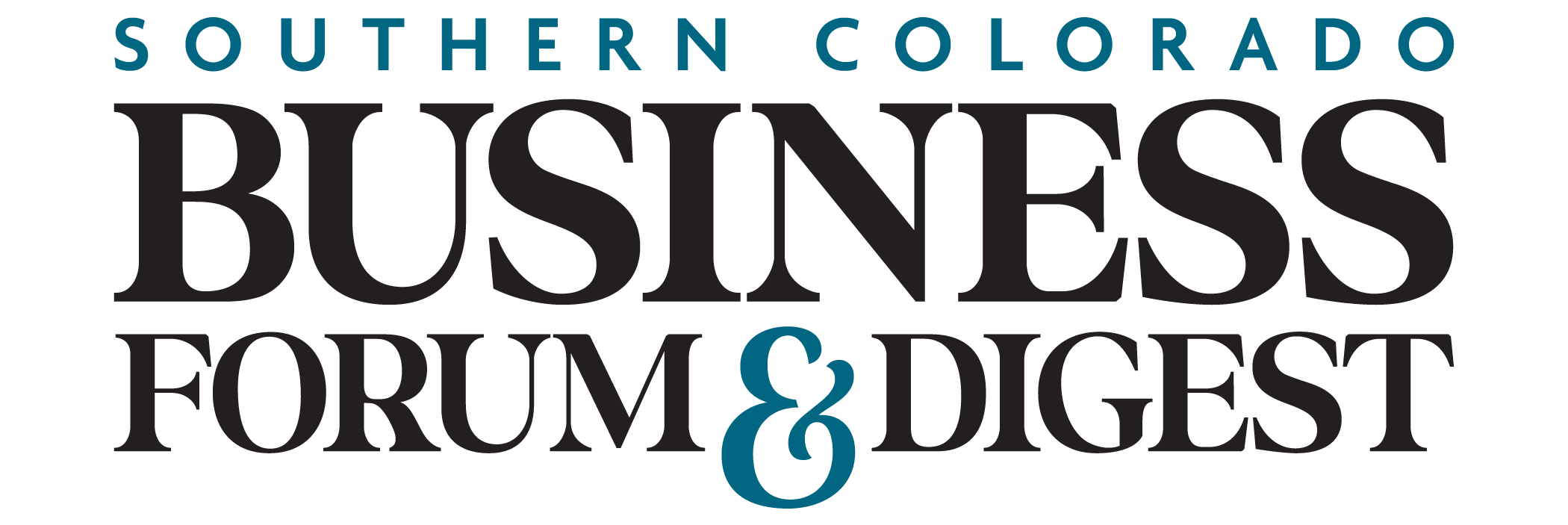Across America, distrust among consumers is higher than ever, a trend that is changing the way organizations do business. Jonathan Liebert, executive director and CEO of Better Business Bureau of Southern Colorado, says, “More than ever, trust has become local.”
Particularly post-pandemic, consumers are turning to friends, family, and neighbors to make sense of the local marketplace. But no longer is it good enough for a business to simply do what they say they are going to do. “Now, what we’re hearing from consumers is, ‘I want to find a business I can trust, that’s going do the job right, but I also want to find a business that I can trust that actually says that they’re doing what they do as it relates to social and environmental good.’”
Millennials — a generation defined as those born between 1981 and 1996 — are currently the largest population segment in America, and its biggest consumer. While older generations may hold more wealth, it’s millennials who spend the most and vote with every dollar they spend. Says Liebert, “Seventy-five percent of millennials believe that a business should do more than just make money. They should have a higher purpose. They should give to a cause.”
For Gen Z — those born between 1997 and 2012 —the desire is even greater. Ninety percent of them are seeking out purpose-driven businesses. Liebert, who interacts regularly with this generation while teaching at University of Colorado-Colorado Springs, says it’s simply in their DNA. “They may not know the language, they may not know the specific business strategy, but that’s just how they think and how they view the world. They are going to align their dollars with a company that gets it, with a company that does more than just big money.”
And that’s not all – building a community mission into a business strategy doesn’t only drive more sales, it also helps to attract and retain top talent. The same purpose-driven companies that younger generations are buying from are the ones they hope to work for one day, or are beginning to build themselves. “There’s a huge incubation period going on right now,” says Liebert, “a huge ideation phase of young entrepreneurs that are starting or getting ready to start businesses that have a social impact focus.”
Liebert says taking on a purpose-driven mission will be a key driver of business success, especially as market competition intensifies. The newest social entrepreneurs are building a mission-driven purpose into their business model from the ground up, versus those that have been in existence and are now trying to rebrand themselves to play catch up.
Just three years ago, businesses were forced to pivot in response to the pandemic, and while social impact businesses were already on the rise, many more saw an opportunity within the ensuing turmoil to focus on mission, purpose, and people, reaping benefits as a result. These were the companies that were giving back to their community, helping first- responders, and providing hazard pay to their employees.
Now, with emergency government-subsidized programs behind them, every business needs to be just as nimble. “That social impact messaging was already there,” observes Liebert, “and now it’s going to another level.” Making money alone can no longer be the North Star. They must ask themselves why their business exists, and then use the answer to guide their decision-making again and again.
Regardless of their current place in the business lifecycle, there is support; and it starts with the local community, says Liebert. Attending trainings and networking events, whether free or paid, plugs business leaders into the community while providing the knowledge and perspective to tackle new challenges. Use these opportunities to tell a story, advises Liebert, articulating why businesses want to give back and how they plan to do so.
Finally, says Liebert, it’s important to get on board with digital marketing. Times are changing rapidly, and ensuring digital savviness means understanding and embracing tools such as AI and e-commerce.
“What we know is that the people in this community want to help each other out.”— Jonathan Liebert
“The community, in terms of consumers, wants to buy from locally owned businesses. But they also want to buy from a business that has a good reputation. They want to buy from somebody that’s doing good things in the community.”











